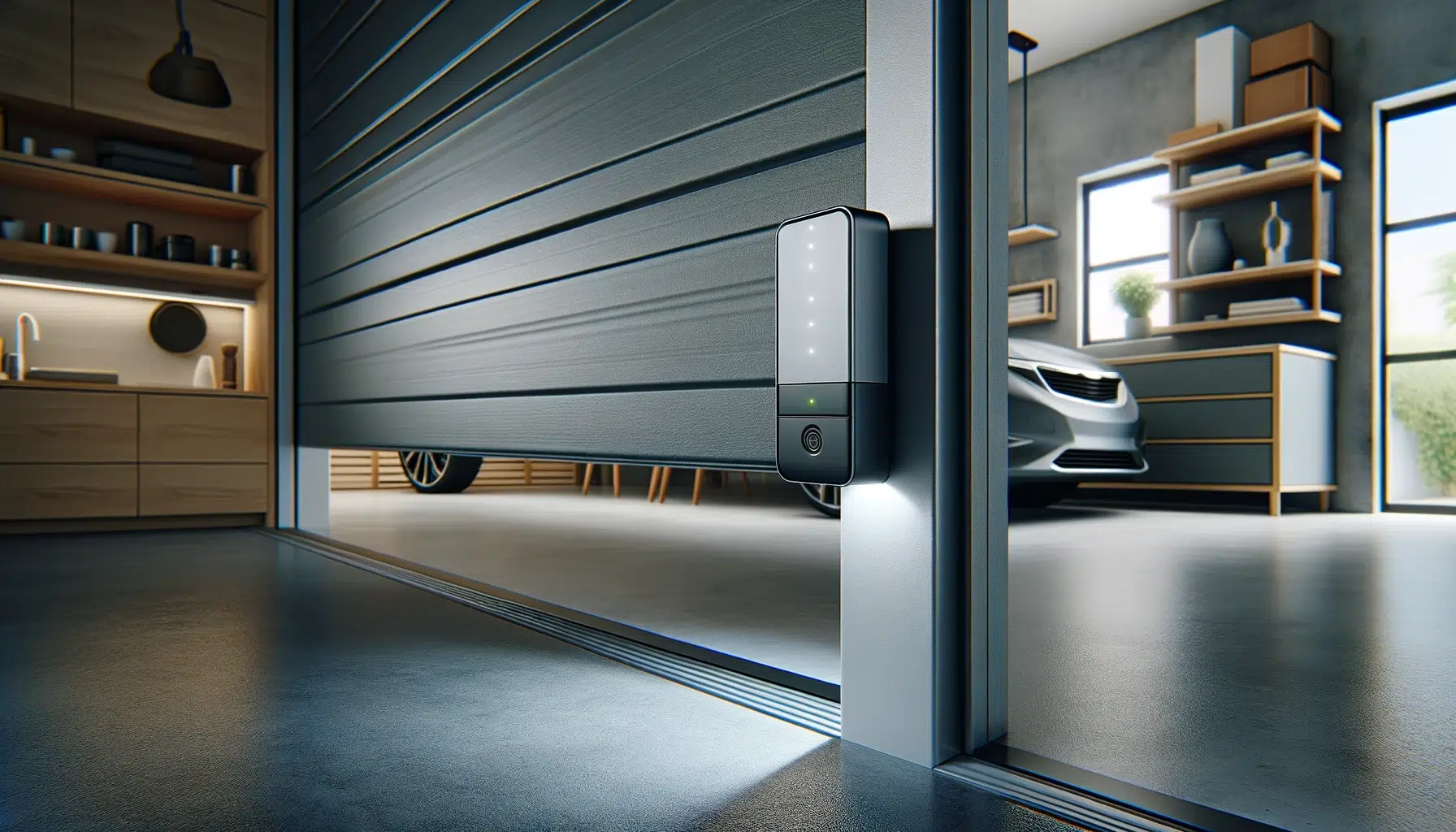
How To Manually Close The Garage Door?
In an era where convenience is key, the majority of garage doors are designed to operate seamlessly with the push of a button. This automation provides comfort and efficiency, but it’s crucial to remember that technology can sometimes falter. Whether it’s due to a power outage, mechanical failures, routine maintenance, or even a malfunction within the door’s automated system, there are instances where knowing how to manually close your garage door becomes essential.
Understanding how to safely and effectively perform this task is not just about tackling a temporary inconvenience; it’s also about ensuring your home’s security and your safety. The process might appear straightforward, but it requires careful attention to detail and an understanding of the mechanics involved. This comprehensive guide aims to equip you with the knowledge and steps needed to manually close your garage door, offering detailed explanations at each stage to ensure your success in this task. By familiarizing yourself with this process, you can handle unexpected situations with confidence and ease, maintaining the safety and functionality of your home.
Step 1: Ensure Safety First
Before attempting to manually close your garage door, prioritize safety:
- Check for Obstructions: Ensure the door path is clear of any objects or debris.
- Inform Others: Let household members know you will be manually operating the garage door to avoid accidental injury.
- Wear Appropriate Clothing: Avoid loose clothing or jewelry that might get caught in the door mechanism.
Step 2: Disengage the Automatic Opener
- Locate the Emergency Release Cord: This cord usually has a red handle and hangs from the center track of the garage door mechanism.
- Pull the Cord Downwards: Doing so will disconnect the door from the automated opener. This step is vital to switch from automatic to manual mode.
Explanation: The emergency release cord disengages the trolley through which the automatic opener operates the door. Once disengaged, you can move the door manually.
Step 3: Manually Move the Door
- Lift the Door: Firmly grasp the door handles or the bottom of the door. Lift the door steadily and evenly until it is fully open.
- Have an Assistant If Needed: If the door is heavy or unwieldy, having a second person can help distribute the weight and control the door more effectively.
Explanation: Garage doors can be heavy, and lifting them requires a bit of strength. Ensure you lift with your legs, not your back, to avoid injury.
Step 4: Secure the Door in Place (If Necessary)
- Use Locks or Latches: If you need to keep the door open for a while, use any built-in locks or latches.
- Use C-Clamps: If no locks are available, you can use C-clamps on the tracks just above one of the rollers to prevent the door from rolling down.
Explanation: Securing the door is crucial to prevent it from slamming shut unexpectedly, which could be dangerous.
Step 5: Closing the Door
- Carefully Lower the Door: Guide the door down along its track. Ensure your fingers are clear from the panels to avoid injury.
- Keep the Movement Controlled: Avoid letting the door slam down. If it’s difficult to control, enlist help.
Explanation: The weight of the garage door can cause it to fall quickly if not controlled, posing a safety hazard.
Step 6: Re-engage the Automatic Door Opener
- Pull the Emergency Release Cord: Once the door is fully closed, pull the release cord towards the opener. This will allow it to reconnect to the door.
- Test the Door: Once the power is restored or the issue is resolved, test the door with the automatic opener to ensure it is functioning correctly.
Significance of Manually Closing the Garage Door
Manually closing the garage door, while often seen as a task for emergency or failure situations, holds significant importance for several reasons:
- Power Outages: In the event of a power outage, automatic garage door openers will not function. Knowing how to manually close the door ensures you can secure your home during such situations.
- Mechanical Failures: Automatic garage doors are prone to mechanical failures or malfunctions. These could be due to issues with the motor, springs, tracks, or sensors. When such failures occur, the ability to manually close the door is crucial for maintaining security and preventing weather damage.
- Safety and Security: A garage door that’s stuck open can be a security risk, allowing easy access to your home. Closing it manually helps protect against potential intruders, and also ensures that pets or children do not wander out or that wild animals do not wander in.
- Emergency Situations: In cases of emergencies, such as a need to evacuate your home quickly or to move vehicles out during a fire or natural disaster, the ability to manually operate the garage door is essential.
- Preventing Damage: During adverse weather conditions, such as heavy winds or storms, an open garage door can lead to water, debris, or wind damage inside the garage and potentially the home. Closing it manually can help mitigate this risk.
- Maintenance and Inspection: Manually operating the door allows homeowners to check the balance and alignment of the door. This is an important aspect of routine maintenance that can help identify issues before they become significant problems.
- Energy Conservation: If a malfunction keeps your garage door partly open, it can lead to a loss of heat or cool air from your home, increasing energy costs. Being able to manually close it helps conserve energy.
- Convenience: In some cases, you might prefer to operate the door manually, such as during short-term power outages or when the motor is excessively noisy late at night or early in the morning.
In summary, the ability to manually close a garage door is a critical skill that enhances home security, personal safety, and convenience. It ensures that homeowners are prepared for various scenarios where reliance on automatic mechanisms is not possible or advisable.
Conclusion
In summary, manually closing your garage door is a skill that, while hopefully seldom needed, is invaluable in certain situations. While the steps outlined in this guide are designed to assist you in safely and effectively performing this task, the importance of regular maintenance and understanding of your specific garage door system cannot be overstated. A well-maintained garage door is less likely to encounter unexpected failures, making your manual intervention a rare event.
Moreover, this guide serves as a reminder of the importance of being prepared for unforeseen circumstances. In a world that heavily relies on automation and technology, knowing how to manually handle such an essential component of your home like the garage door reinforces your self-reliance and adaptability. Remember, safety is paramount, and if at any point you feel unsure or unsafe during the process, it’s advisable to seek professional assistance. By keeping these steps and precautions in mind, you can ensure that your home remains secure and functional, regardless of the challenges that may arise with your automated systems.



